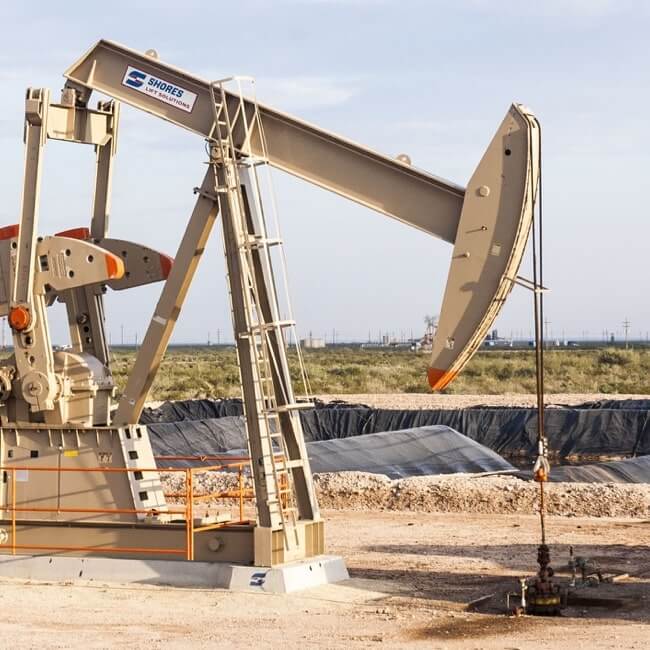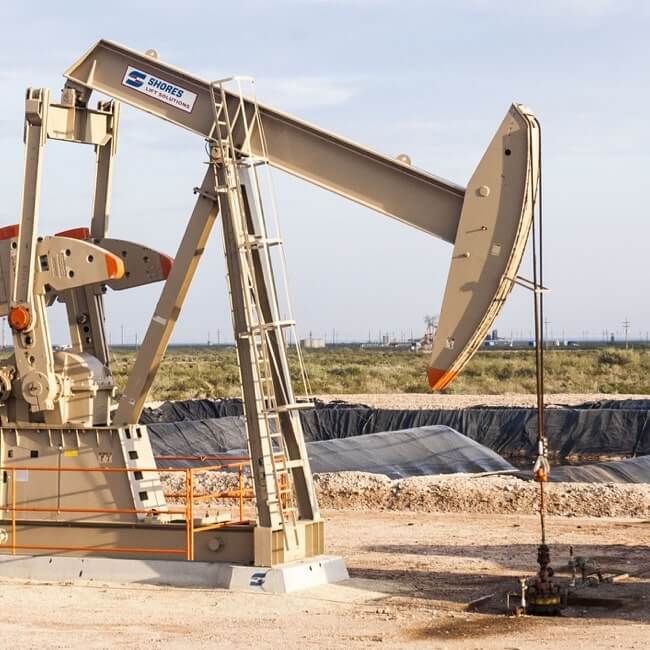Size, lack of diversification constraining Caribbean economies

Marked by small economies and the lack of economic diversification, Caribbean sovereigns have limited potential for improved credit ratings, according to a report from Moody's Investors Service.
"The small size of these economies, as compared to larger and more diversified economies, leaves them vulnerable to abrupt changes in economic fortune. The small size of an economy can constraint creditworthiness when the small size results in limited economic diversification," said Moody's.
The sole exception, the ratings agency said, was the Dominican Republic (Ba3 stable, US$75bn) - by far the largest economy in the Caribbean. Nevertheless, the nation is only the 70th largest sovereign rated by Moody's, adding that the Dominican Republic is about the same size as Guatemala (Ba1 stable, US$76bn) or Kenya (B2 stable, US$77bn).
Stuck in the tourism trap
Beyond size, the lack of economic diversification is a limiting factor for the credit standing of the Caribbean, where individual economies tend to be overly reliant on tourism or commodity dependent in the case of oil-exporting Suriname and Trinidad and Tobago.
"A common characteristic for all countries is their limited diversification and heavy reliance on one single sector for economic growth and output," said Moody's. "Although there are a few economies where offshore financial services is a large component of GDP, like Bermuda, the Cayman Islands and the Bahamas (Baa3 negative), most economies in the region rely on tourism or commodities ... The concentration of economic activity in one of two sectors - tourism or commodities - means the economic outlook is driven by external factors."
The agency noted that both tourism and commodities are highly cyclical, leaving the region more vulnerable to an abrupt change in economic fortunes, especially if a large share of tourism comes from a single country.
"In Jamaica, around half of all tourist arrivals are from the US, while in the Bahamas and Belize (B3 stable), around three-quarters of visitors are from the US. In St. Vincent and the Grenadines, just around one-third of visitors are from the US, although the share will likely increase with the opening of a new international airport in 2017," said Moody's.
The total economic contribution, both direct and indirect, of tourism is equivalent to more than 40% of GDP in the Bahamas, Barbados (Caa3 stable) and Belize, while representing more than 20% of GDP in the Cayman Islands, Jamaica, and St. Vincent and the Grenadines.
Elsewhere, Moody's noted that tourism receipts account for more than half of total export receipts in the Bahamas and Jamaica, "highlighting the importance of the sector in generating foreign-currency earnings to service government debt."
"The tourism sector accounts for more than 50% of total employment in the Bahamas, the largest share in the region. Other countries that generate a significant share of employment from the sector include Bermuda, Belize, and Jamaica."
Weak recovery
Before the 2008 global financial crisis, average growth rates in the Caribbean were slightly above 4%- 4.2% average annual rate of 2000-07. The recovery since 2009 has been weak, with growth yet to return to pre-crisis levels. More recently, the decline in commodity prices has weighed on the performance of the commodity-dependent economies of Suriname and Trinidad and Tobago.
A number of Caribbean economies have reported average growth of less than 1% over the past seven years with Trinidad and Tobago, the Bahamas, Barbados, Jamaica, and St. Vincent and the Grenadines in this group.
The Dominican Republic stands out as the fastest-growing economy in the Caribbean with average growth rates in excess of 5% during 2010-17. Furthermore, it was the only country where growth accelerated relative to 2000-07.
Growth outlook
Moody's sees material improvement in economic strength as unlikely for most Caribbean countries.
"For most Caribbean economies, we expect GDP growth will come to around 1%-2% over the next two to three years, slightly above average growth reported in the recent past," said Moody's. "While improving at the margin, we do not anticipate these growth rates will materially affect our assessment of economic strength, or to significantly impact debt dynamics.
"Even for the Dominican Republic, where we expect growth to remain around 5%, this will not lead us to alter our overall assessment," added that agency.
"We expect growth in Bermuda, the Bahamas, and St. Vincent and the Grenadines to accelerate the most relative to past growth performance. In Bermuda, stronger economic activity dating back to 2015, will gain momentum on the back of a strong pipeline of construction projects in the tourism sector, as well as the completion of the new airport terminal," said Moodys.
"In the Bahamas, projected growth of 1.7% in 2017-19 would be 1.1 percentage points higher relative to 2010-16. ... Still, for both of them, we see improved growth prospects as only supporting their current credit profiles."
Subscribe to the leading business intelligence platform in Latin America with different tools for Providers, Contractors, Operators, Government, Legal, Financial and Insurance industries.
News in: Political Risk & Macro (Barbados)

Moody's: High government debt burdens constrain most Caribbean sovereign credit profiles
Caribbean sovereigns are among the most heavily indebted globally. Institutional weaknesses related to fiscal management and exposure to climate tr...

Barbados sets up fintech sandbox
In an effort to establish regulatory clarity with fintech innovation, Barbados financial authorities have unveiled a collaborative effort to lay do...
Subscribe to Latin America’s most trusted business intelligence platform.
Other projects
Get key information on thousands of projects in Latin America, from current stage, to capex, related companies, key contacts and more.
- Project: Industrial Waste Management Center (CIGRI)
- Current stage:

- Updated:
4 days ago
- Project: Sal de Vida (Stage 2)
- Current stage:

- Updated:
4 days ago
- Project: Lower Magdalena Valley Gas Pipeline - Interior
- Current stage:

- Updated:
4 days ago
- Project: Sky Train Baja (Tijuana - Rosarito Elevated Train)
- Current stage:

- Updated:
4 days ago
- Project: EF-A13 Railway, São João da Barra
- Current stage:

- Updated:
4 days ago
- Project: Matimba photovoltaic park
- Current stage:

- Updated:
4 days ago
- Project: Aconcagua Desalination Plant (Aconcagua Project)
- Current stage:

- Updated:
3 days ago
- Project: Prosperidad gas pipeline
- Current stage:

- Updated:
4 days ago
- Project: Highway Santo Domingo - Buena Fe (E25)
- Current stage:

- Updated:
4 days ago
- Project: Expansion of Serra Azul (ArcelorMittal)
- Current stage:

- Updated:
3 days ago
Other companies
Get key information on thousands of companies in Latin America, from projects, to contacts, shareholders, related news and more.
- Company: S.A. Paulista de Construções e Comércio (S.A. Paulista)
-
S.A. Paulista de Construções e Comércio is a Brazilian corporation focused on the civil construction sector, particularly highways, bridges, airports, viaducts, subways, electri...
- Company: E+PMC
-
The description contained in this profile was extracted directly from an official source and has not been edited or modified by BNamericas researchers, but may have been machine...
- Company: San Martín Campos Arquitectos Asociados Limitada (SMC Arquitectos)
-
The description contained in this profile was extracted directly from an official source and has not been edited or modified by BNamericas researchers, but may have been machine...
- Company: Consorcio Yoro-Colón
- Company: BCG Engineering
- Company: Patricio Martínez Maximià Torruella Arquitectura, S.L. (PMMT)
-
The description contained in this profile was extracted directly from an official source and has not been edited or modified by BNamericas researchers, but may have been machine...





